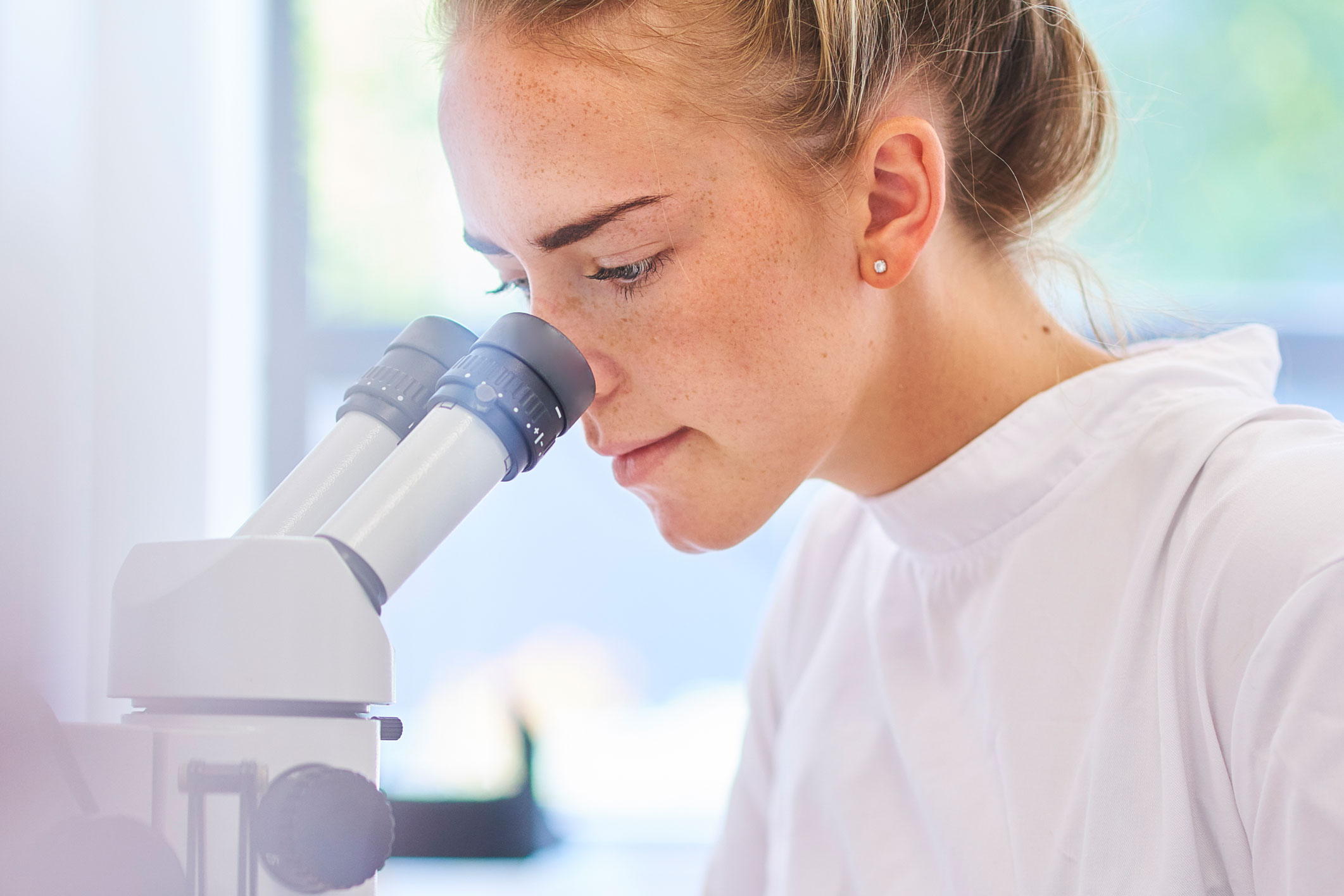
Research activities of the Sophia Antipolis Laboratory
Research on Q fever
Research efforts focus on improving operational knowledge of Q fever, a disease that can be transmitted from animals to humans. In particular, they contribute to its surveillance under the European Animal Health Law, as Q fever has been included in Category E (mandatory surveillance) in 2021. Research is therefore devoted to diagnostic and epidemiological tools, whether for assessing and improving existing tests or developing and validating new ones. In particular, the unit seeks to develop and implement methodologies to assess the viability of bacteria detected in the environment and study forms of resistance of C. burnetii (the bacterium responsible for Q fever), in order to better characterise the conditions of its persistence and understand the infectious risks in the environment. Lastly, it defines indicators for the effectiveness, monitoring and lifting of health measures.
Genetic studies
This collaborative research is supplemented by studies on phylogeny and on characterising the genomic plasticity of circulating strains of C. burnetii. After having contributed to the development of a repository for the genotypes within the main domestic ruminant farming areas in France, the team undertook the sequencing of complete genomes of strains isolated from different ruminant species. Using recent technological advances in this field, its work aims to provide a high-resolution (tracing), high-throughput, genotyping method that can be standardised to facilitate operations and applied to environmental samples.
This provides an opportunity to progress according to a "One Health" approach, in order to consolidate support for crisis management (clustered human cases) and health risk prevention. Phylogeny studies (relationships between strains) comparing the genomes of strains collected from animals and the environment (including ticks) with those infecting patients will be combined with estimates of infectious risk in the environment. These multi-partner studies are essential for providing new knowledge on the airborne exposure of agricultural workers and the general population to Coxiella burnetii, and for improving understanding of transmission scenarios and conditions of emergence and amplification of outbreaks of animal or human cases.
Research on bee diseases
Research on bee health aims in particular to:
- supplement the arsenal of tools for studying the genomic variability of biological hazards that can affect bees, and for monitoring and managing outbreaks;
- decipher the interactions between the various bee pathogens and the impact of co-exposure on the health of this insect, mainly by studying subtle interactions, using higher-throughput analysis methods;
- participate in conducting a review of the development of resistance to veterinary drugs used for bees;
- study the impact of pesticides and various biological pathogens (viruses, bacteria, parasites, invasive species) on bee populations, alone or in co-exposure;
- characterise pathogens (genotyping and genomics) through an understanding of their eco-epidemiology and evolution.
In vivo studies are carried out in an insectarium and in an experimental apiary.
Research project
PoshBee
Pan-European assessment, monitoring, and mitigation of stressors on the health of bees
Funding: European Commission (H2020 programme).
The unit is contributing to this project mainly by leading one of the work packages. It is responsible for coordinating the work of eight European partners to measure the exposure of honey bees, solitary bees and bumble bees to chemical contaminants and pathogens. The influence of nutrition on bee health is also taken into account. In this regard, the unit is involved in the development and validation of analytical methods, firstly for quantifying several pathogens based on high-throughput methods, and secondly for quantifying chemical contaminants in nectar. Lastly, the unit has been tasked with developing the PoshBase database and making it available for entering all the results of the project partners.